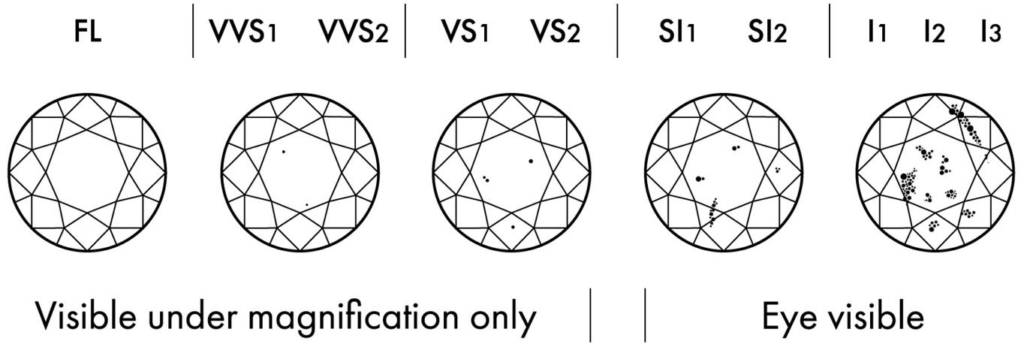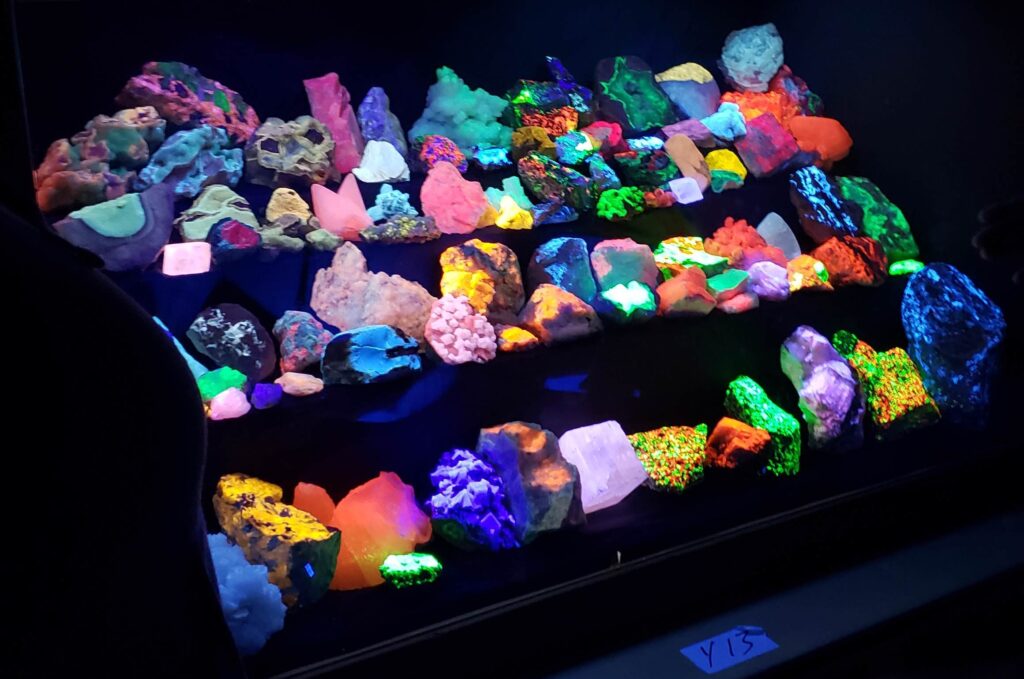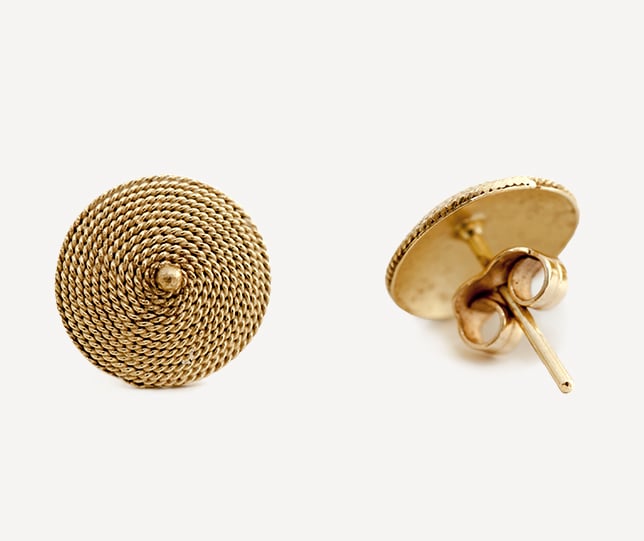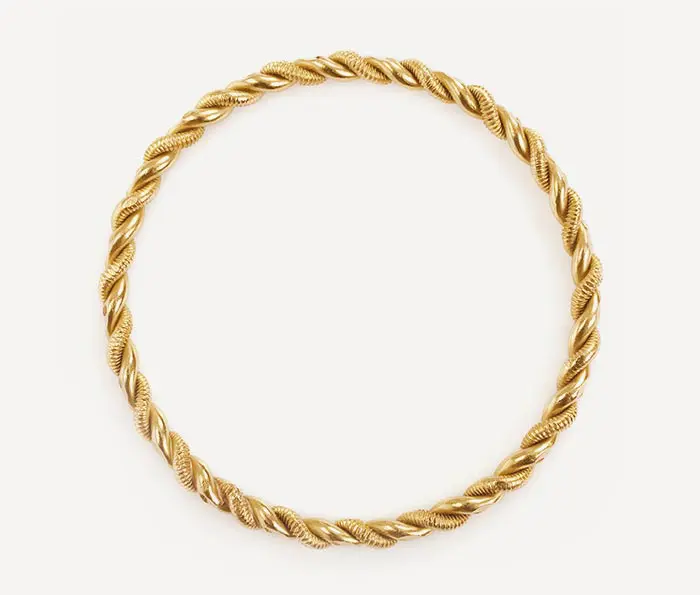Diamond is a solid form of carbon with atoms organized in a diamond cubic crystal structure. Another solid form of carbon known as graphite is the chemically stable form of carbon at ambient temperature and pressure, but diamond transforms into it very slowly. Diamond has the highest hardness and thermal conductivity of any natural substance, qualities that make it ideal for cutting and polishing equipment in the industry. They’re also why diamond anvil cells may expose materials to pressures found deep underground.
To know the price of a diamond, it is critical to take the diamond’s 4 Cs into consideration:
- Carat: The definition of a metric “carat” is 200 milligrams. 100 ‘points’ are distributed into each carat. This enables measurements to be made to the hundredth decimal place. A jeweler can use the ‘points’ alone to convey the weight of a diamond under one carat. A 0.25-carat diamond, for example, would be referred to as a ‘twenty-five pointer’ by the jeweler. Carats and decimals are used to express diamond weights larger than one carat.

2. Color: Understanding the meaning of diamond color aids in selecting the ideal diamond. Surprisingly, the absence of color determines the diamond color of most gem- quality diamonds. Like a drop of pure water, a chemically pure and structurally perfect diamond has no color and thus a higher value. The D-to-Z diamond color-grading system determines the degree of colorlessness by comparing a stone to master stones of known color value under controlled lighting and viewing conditions. Many of these color differences in diamonds are so minor that they are undetectable to the untrained sight; yet, these differences significantly impact diamond quality and price. As a result, it is critical to seek the advice of a Middle East Jewelry professional when determining the ideal color for your diamond.

- Clarity: the absence of inclusions and blemishes is diamond clarity. To comprehend diamond clarity, we must first understand diamond formation. Natural diamonds are formed when carbon is exposed to extreme heat and pressure deep down. This process can produce a range of internal and external characteristics known as ‘inclusions’ and ‘blemishes.’ The quantity, size, relief, type, and position of these qualities, as well as how they affect the overall appearance of the stone, are all factors in defining diamond clarity.
If you’re attempting to figure out the perfect diamond clarity, keep in mind that no diamond is pure. However, the closer it gets to purity, the clearer it becomes.

- Cut: Diamonds are known for their incredible ability to transmit light and shine. The cut of a diamond is often confused with its form (round, heart, oval, marquise, or pear), but it refers to how well a diamond’s facets interact with light. To design a stone so that its dimensions, symmetry, and polish offer the brilliant return of light only a diamond can, precise creativity, and craft are necessary. Middle East Jewelry determines the proportions of those facets that influence the diamond’s face-up appearance to establish the cut grade of the classic round brilliant diamond – the form that dominates the majority of diamond jewelry. These proportions enable Middle East Jewelry to determine
the ideal diamond cut by examining how well a diamond interacts with light to produce desirable visual effects such as:
➢ Brightness: A diamond reflects both internal and external white light.
➢ Fire is the scattering of white light into all of the rainbow’s colors.
➢ Scintillation: The quantity of sparkle a diamond emits and the pattern of light and dark
patches created by internal reflections.

Diamond Shapes
The most striking and identifiable attribute of a diamond is its form. Diamonds are cut in various shapes to enhance their brightness and give them personality. Multiple shapes can be used to represent various personalities and events. The most common diamond cuts are round brilliant and princess cuts. Diamonds come in a range of shapes and sizes. However, how does a diamond cutter choose which form to make? The primary objective of a diamond cutter is to conserve and maximize carat weight. Because raw diamonds come in various shapes and sizes, the diamond cutter will produce the form that maximizes carat weight and value. Surprisingly, round cut diamonds waste the greatest carats of unpolished diamonds. Other fancy forms are more profound and have longer, less uniform shaping, allowing them to capture more rough diamonds. The amount of wastage in the rough diamond when cutting a particular diamond shape is sometimes used to evaluate the value of the diamond.

Diamond Certification and Pricing
Accredited gemological laboratories provide diamond certificates or grading reports such as the Gemological Institute of America. The diamond certificates include information and grades for each of the 4Cs – carat weight, color, clarity, and cut quality – of a diamond. A diamond’s final grading has a significant impact on its price. You should get and review the lab certification for each diamond you’re contemplating. A grading entity will issue a lab report or certificate that describes several aspects of the diamond, such as color, clarity, length, and width. Using professional tools such as a loupe or microscope, trained specialists assess, scrutinize, and measure the diamonds.
The GIA and AGS are the most significant diamond certifications since they are the most consistent lab grading entities. That means you can rely on their grading in color, clarity, and cut quality. Additionally, these labs grade more rigorously than other labs. When a diamond comes with a GIA or AGS certificate, you may trust the information contained
in the report. As a result, we only advocate purchasing diamonds with GIA or AGS certificates.
GIA (Gemological Institute of America) and AGS (American Gem Society) are the top two diamond certifications.
Last but not least, choosing a diamond is a delicate balancing act of aesthetics and financial constraints. “How much does a diamond cost?” is like asking, “how long is a string length?” It’s all relative! It isn’t a mystery, though. The diamond market, like other markets, is rational mainly. ‘You get what you pay for,’ as the phrase goes. The problem is figuring out precisely what you’re receiving for the money you’re being charged! As you will see, many factors influence diamond prices, but let’s focus on the ones that matter to you: the rarity and quality factors of the 4Cs – Cut, Color, Clarity, and Carat.










